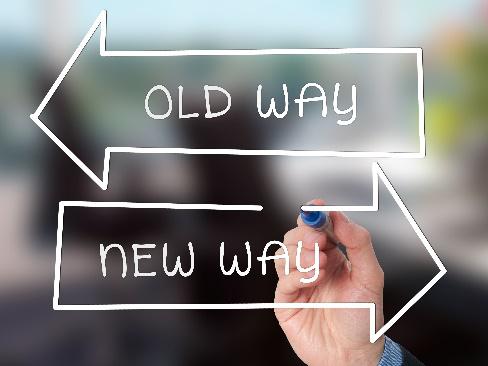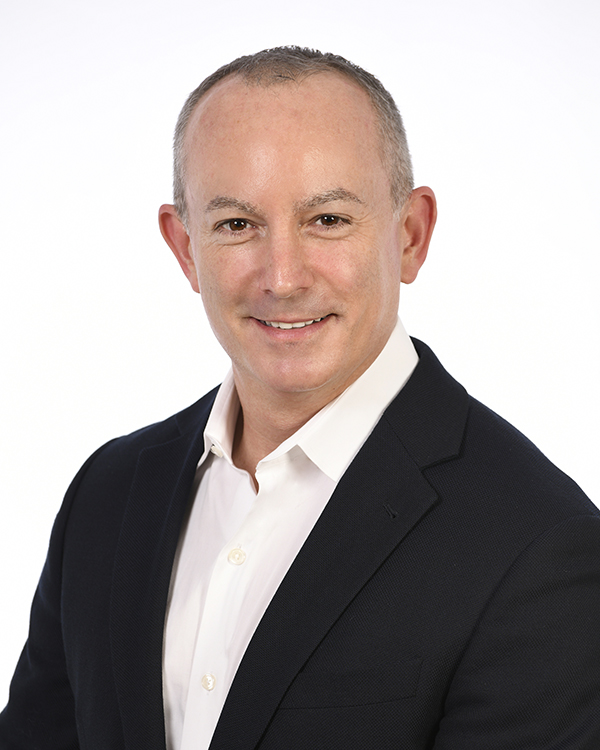January 09 2023
By: Shawn M. Galloway
When communicating organizational change to affected or involved individuals, two questions must be asked and answered to reduce resistance and improve support of change.
- What can be done to ensure they understand the change and its reason?
- One of the most significant reasons for resistance to change is that people do not understand the change, its reason, or what it means to them and their role.
- What can be done to lead them to like the change?
- People respond emotionally before responding logically to change. They either like or dislike the change and the person bringing it.

Be clear and transparent when explaining the change and what led to it. Consider the setting; is this best communicated through channels or in person? If the latter, is this best as a large group, smaller groups or individually? Explain the vision and larger or individual benefit. Ensure they understand what to expect and what is behaviorally expected of them. Where possible, please stay away from facts and figures and rather tell stories and show pictures - they are more memorable. Where needed, have a plan for a feedback loop, regular updates, and individual recognition of early adopters as change begins.
Addressing emotional resistance is difficult with a group, as what one likes or dislikes is individually specific. But you can show the value proposition to the business, the individual, or what or whom the individual cares about. And remember, the messenger is just as important as the message.
Consider the difference in behaviors that may follow these statements:
"I don't like it and don't understand it."
"I don't like it, but I understand it."
"I like it, and I understand it."
It is not the change that people naturally resist, it is the force of being changed. Forced change is almost always temporary. When you and the force go away, so does the change. Ensure the why is communicated, and the "What's In It For Me" question is abundantly answered.
"There is nothing more difficult to take in hand, more perilous to conduct, or more uncertain in its success, than to take the lead in the introduction of a new order of things." — Niccolo Machiavelli
"Meaningful, lasting change only happens when the pain of the status quo finally outstrips the fear or the anticipated pain of the change we seek." — David Taylor-Klaus
"It is an impressively arrogant move to conclude that just because you don't like something, it is empirically not good. I don't like Chinese food, but I don't write articles trying to prove it doesn't exist." — Tina Fey

Shawn M. Galloway is the CEO of ProAct Safety and an advisor to leading organizations across all major industries. With over twenty years of experience in safety systems, strategy, culture, leadership, and employee engagement, he is a trusted advisor, keynote speaker, and expert witness.
He is the author of several bestselling books and has multiple regular columns in leading magazines, with over 400 articles and 100 videos to his credit. He also created the first safety podcast, Safety Culture Excellence, with over 800 episodes. Shawn has received numerous prestigious accolades and has been featured in Power 101 Leaders of the EHS World, Top 50 People Who Most Influenced EHS, Top 40 Rising Stars, Top 11 Health and Safety Influencers, and Top 10 Speakers.
He serves on the Harvard Business Review Advisory Council and the Fast Company Executive Board. He has appeared as a guest on Bloomberg, Fox News, The Daily Mail, Dubai One, U.S. News & World Report, Sirius Business Radio, Wharton Business Daily, and leading safety magazines and podcasts, reinforcing his status as an authority in the field of safety excellence.
For more information, call +1.936.273.8700 or email info@ProActSafety.com.
